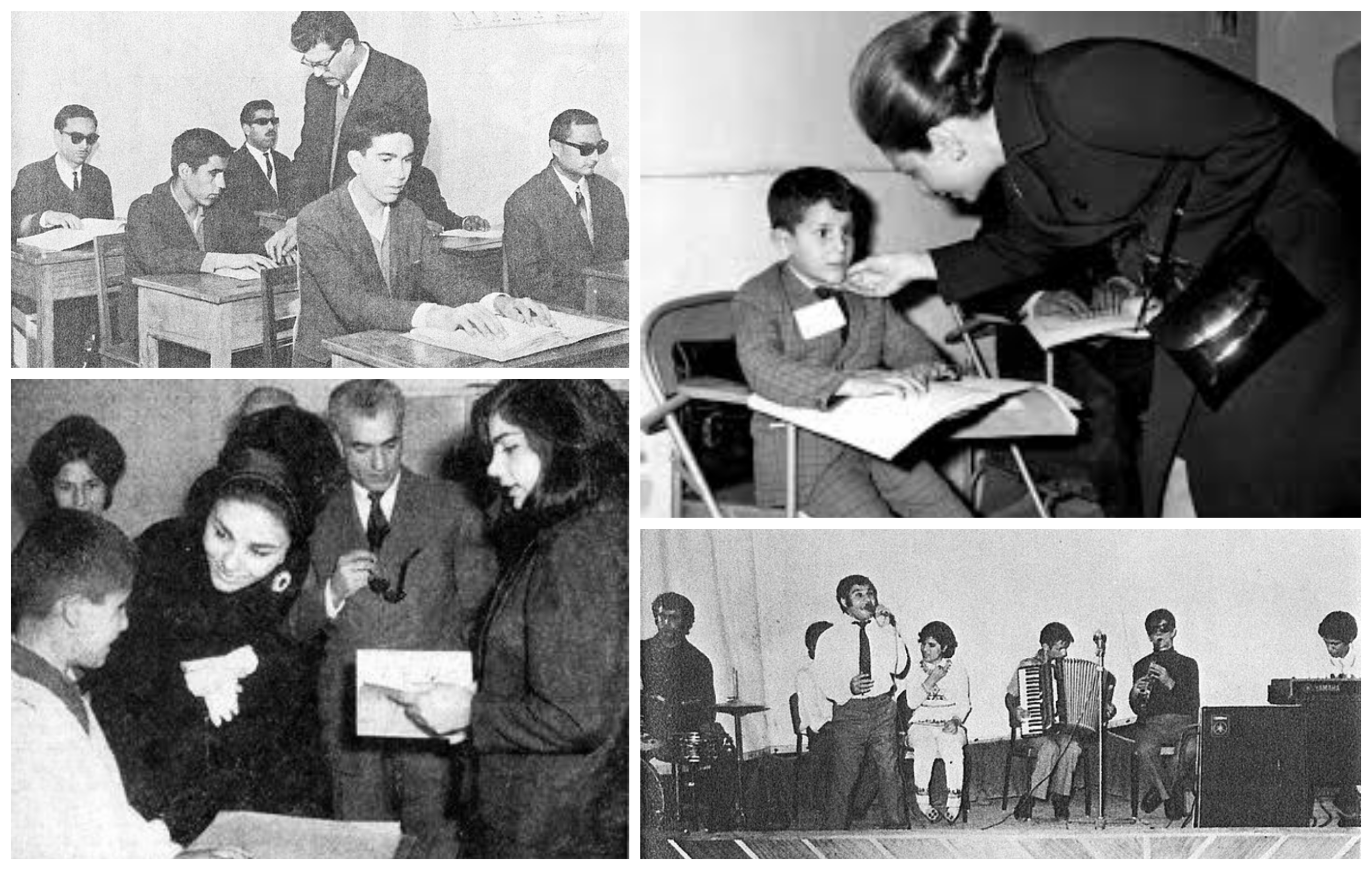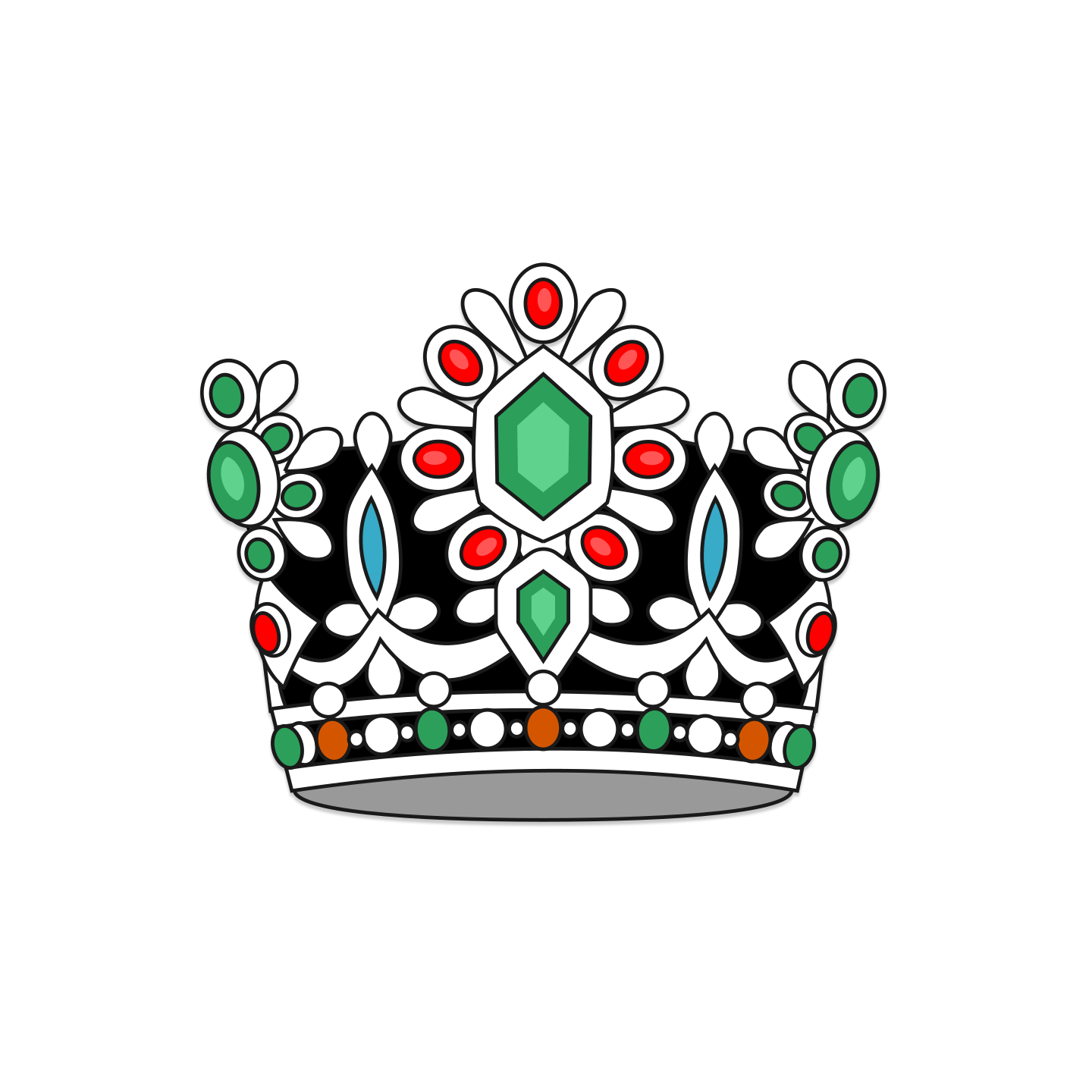
The Reza Pahlavi School for the Blinds was founded during the reign of Shah Mohammad Reza Pahlavi in the 1950s, as part of Iran’s broader modernization efforts. Under the influence of Reza Shah Pahlavi, the father of the reigning monarch, Iran embarked on a wide-ranging program of social reform, including improvements to education and welfare for the country’s disadvantaged populations.
Before the school’s establishment, blind individuals in Iran had little access to specialized education. Most visually impaired children were unable to attend regular schools and had no opportunities to develop the skills necessary to lead independent lives. Recognizing this gap, the Pahlavi government set out to create an institution that would not only provide education for blind children but also offer vocational training to ensure their integration into society.
Named after Reza Shah Pahlavi, the first king of the Pahlavi dynasty, the school reflected the government’s vision of progress and modernization. It aimed to provide blind children with the same opportunities for education and social integration as their sighted peers. Early on, the school’s curriculum focused on Braille literacy, life skills, and vocational training, laying the foundation for its future success.
Growth and Development (1960s-1970s)
During the 1960s and 1970s, the school underwent significant growth. As part of the broader modernization efforts of the Pahlavi regime, the Reza Pahlavi School for the Blinds saw an expansion of its curriculum, facilities, and outreach programs.
-
Curriculum Expansion: The school’s offerings expanded to include not just academic subjects but also vocational and artistic training. Students were taught Braille, music, art, and even practical skills like typing, massage therapy, and metalworking. These programs were designed to help blind individuals gain independence and pursue careers in various fields.
-
Music and Arts: One of the school’s most notable achievements was its focus on music education. Many blind students showed a natural talent for music, and the school’s curriculum allowed them to hone their skills. Music became an important avenue for self-expression, and many graduates went on to become professional musicians, composers, and performers.
-
Vocational Training: The school emphasized vocational programs to ensure that students could transition into the workforce after graduation. These programs included training in office skills, craftsmanship, and performing arts.
Cultural and Social Impact
The Reza Pahlavi School for the Blinds also had a significant cultural and social impact. During a time when societal attitudes towards disabilities were largely negative, the school helped change public perceptions of blind individuals. By offering a space where blind students could excel academically and artistically, the school played a key role in normalizing the idea of disability and independence in Iran.
The school organized performances and exhibitions, where students could showcase their skills and talents. These public displays helped raise awareness about the potential of blind individuals, shifting societal attitudes from seeing them as helpless to recognizing their abilities.
State Support and Social Welfare
The establishment of the Reza Pahlavi School for the Blinds was part of a larger state effort to provide welfare and social services. During the reign of Mohammad Reza Pahlavi, the government created several institutions to support disabled people, orphaned children, and other marginalized groups.
The school benefited from government funding and support. As part of the White Revolution (1963), which sought to improve social and economic conditions across Iran, the Pahlavi government provided financial resources to institutions like the Reza Pahlavi School for the Blinds. These reforms helped make specialized education for blind individuals more accessible and effective.
After the Islamic Revolution (1979 and Beyond)
Following the Islamic Revolution of 1979, the school’s name was changed to reflect the new political and religious context. The focus on blind education remained, though the curriculum and institutional structure were modified to align with the Islamic government’s policies.
Despite the political changes, the core mission of the school remained the same: to provide education and vocational training for blind individuals, helping them integrate into society as productive and independent citizens.


